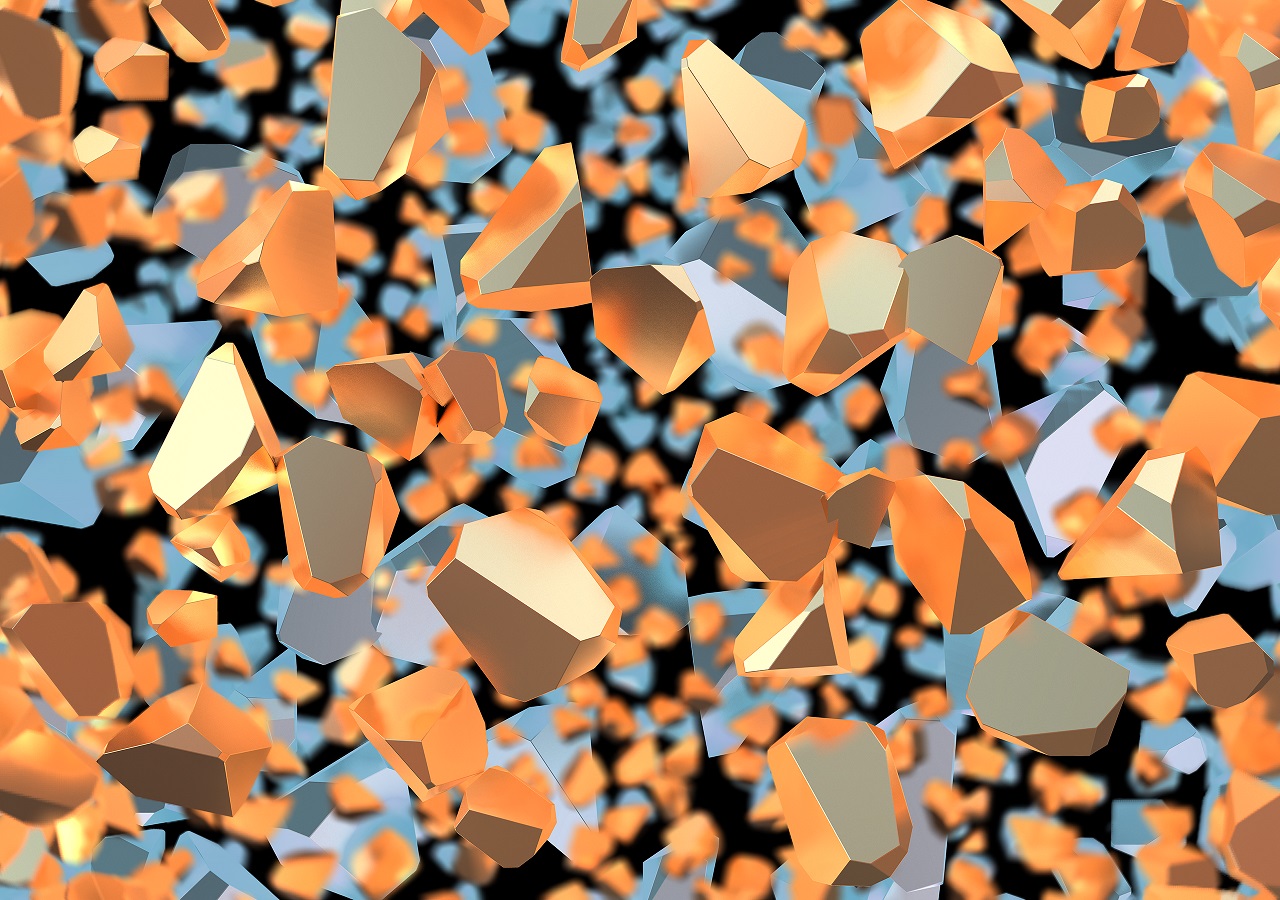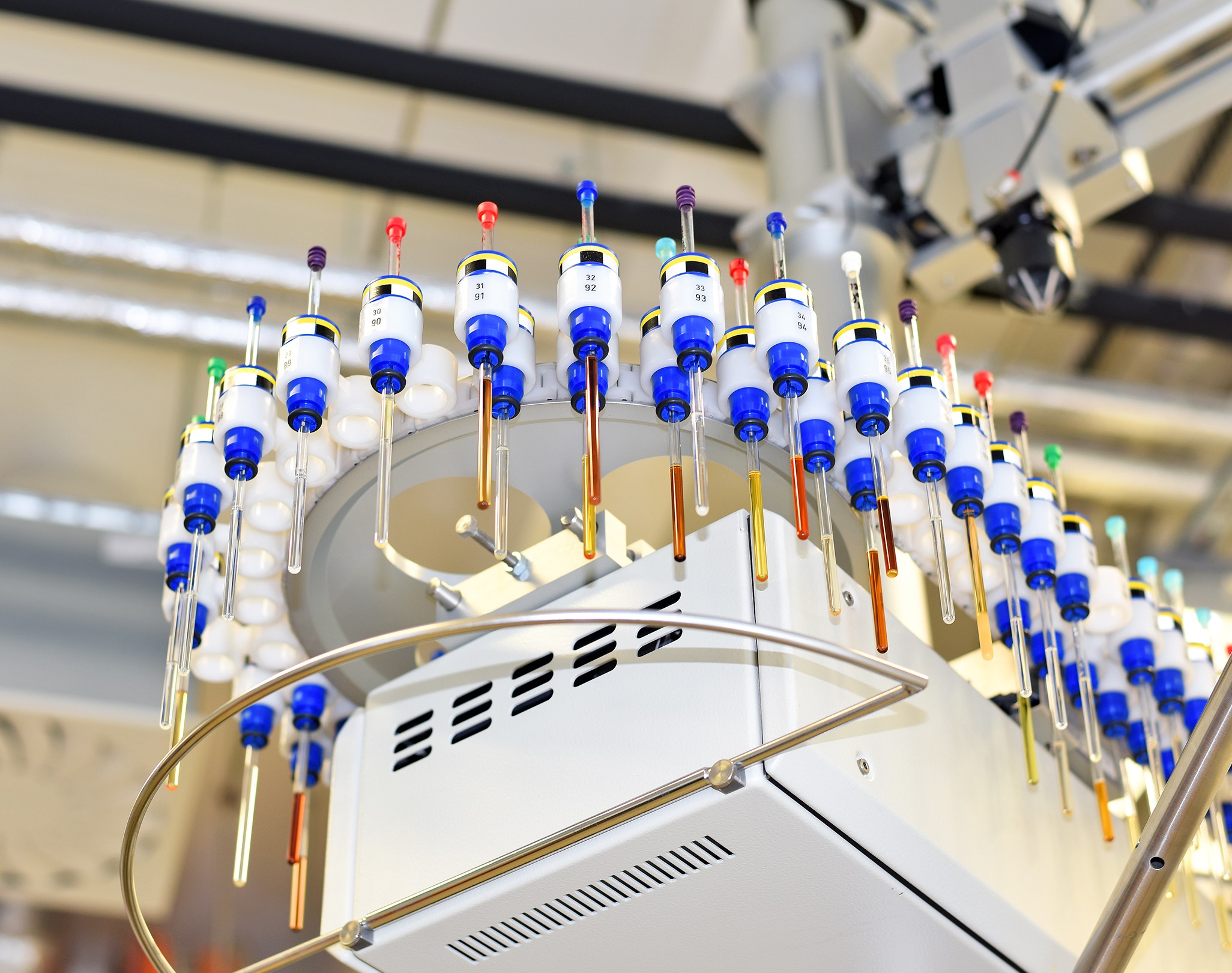Exploring the Vast History of Chemical Space – Dr Guillermo Restrepo
Original Article Reference
This SciPod is a summary of the paper ‘Exploration of the chemical space and its three historical regimes’, from PNAS. https://doi.org/10.1073/pnas.1816039116
About this episode
Chemical space, a term referring to the catalogue of all known molecules, has been constantly expanding for over 200 years. Our understanding of this space is based on the work of countless researchers over the years. Dr Guillermo [Gee-yehr-moe] Restrepo and his team at the Max Planck Institute for Mathematics in the Sciences, Germany, have been analysing trends in the history of chemistry, to gain an understanding of how the field became what it is today.
This work is licensed under a Creative Commons Attribution 4.0 International License. 
What does this mean?
Share: You can copy and redistribute the material in any medium or format
Adapt: You can change, and build upon the material for any purpose, even commercially.
Credit: You must give appropriate credit, provide a link to the license, and indicate if changes were made.
More episodes
Thomas Kleinig | Preventing Satellite Collisions with Ionospheric Drag
Satellites are vital to modern civilization, powering the GPS in our phones, enabling long-range communication, and giving us insights into Earth’s climate and the universe beyond. We now launch thousands of new satellites into space each year, dramatically increasing the risk of collisions. Such satellite collisions create debris that can damage more satellites. Thomas Kleinig and his colleagues are developing and testing a new approach to avoid collisions by exploiting a unique property of the thin atmosphere that satellites travel through.
Dr George Rupp | Modelling Mesons: Uncovering Subatomic Particle Interactions
To understand how the smallest known particles in our universe form structures, scientists need to use sophisticated mathematical models and techniques. These help scientists to estimate the energies of these particles, to work out how they combine and interact. In a recent paper, Dr Eef Van Beveren from the Centre for Physics of the University of Coimbra and Dr George Rupp from the Centre of Physics and Engineering of Advanced Materials of the University of Lisbon review the techniques that have led to scientific discoveries about mesons – subatomic particles that exist for tiny fractions of a second. They also discuss how such techniques may evolve into the future.
Professor Gabi Schierning | Exploring Quantum Properties in Bismuth Telluride Nanoparticles
Particles of the material bismuth telluride have unique properties: the interior of the particle acts as an insulator, but its surface can conduct electricity. In their recent research, Professor Gabi Schierning at Bielefeld University, Germany, and her collaborators at the University of Duisburg-Essen and IFW Dresden, offer fascinating insights into the properties of bismuth telluride particles. The team’s work may pave the way for their use in technological applications.
Dr Philip Norcott | Imaging the Small: Improving Nuclear Magnetic Resonance with SABRE-DREAM
In a recent paper, Dr Philip Norcott at the Australian National University proposes a new strategy to improve nuclear magnetic resonance spectroscopy and imaging, a technique widely used in biology, chemistry, and medical imaging. A difficultly in these applications of nuclear magnetic resonance is low sensitivity and the potential for multiple signals to overlap, and existing techniques may only improve one of these factors without addressing the other. Dr Norcott suggests and tests a novel technique that offers the best of both worlds.
Increase the impact of your research
• Good science communication helps people make informed decisions and motivates them to take appropriate and affirmative action.
• Good science communication encourages everyday people to be scientifically literate so that they can analyse the integrity and legitimacy of information.
• Good science communication encourages people into STEM-related fields of study and employment.
• Good public science communication fosters a community around research that includes both members of the public, policymakers and scientists.
• In a recent survey, 75% of people suggested they would prefer to listen to an interesting story than read it.

Step 1 Upload your science paper
Step 2 SciPod script written
Step 3 Voice audio recorded
Step 4 SciPod published




